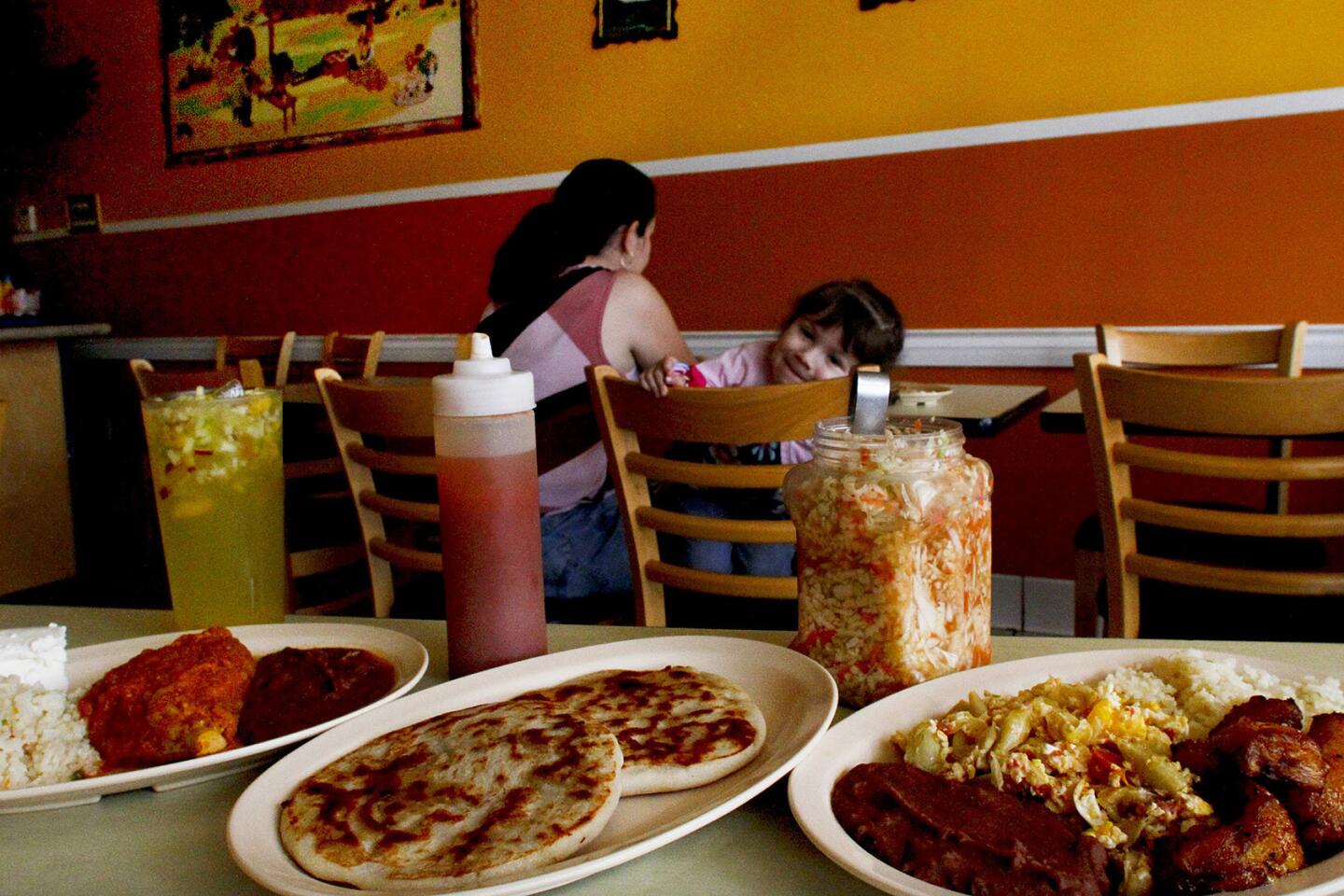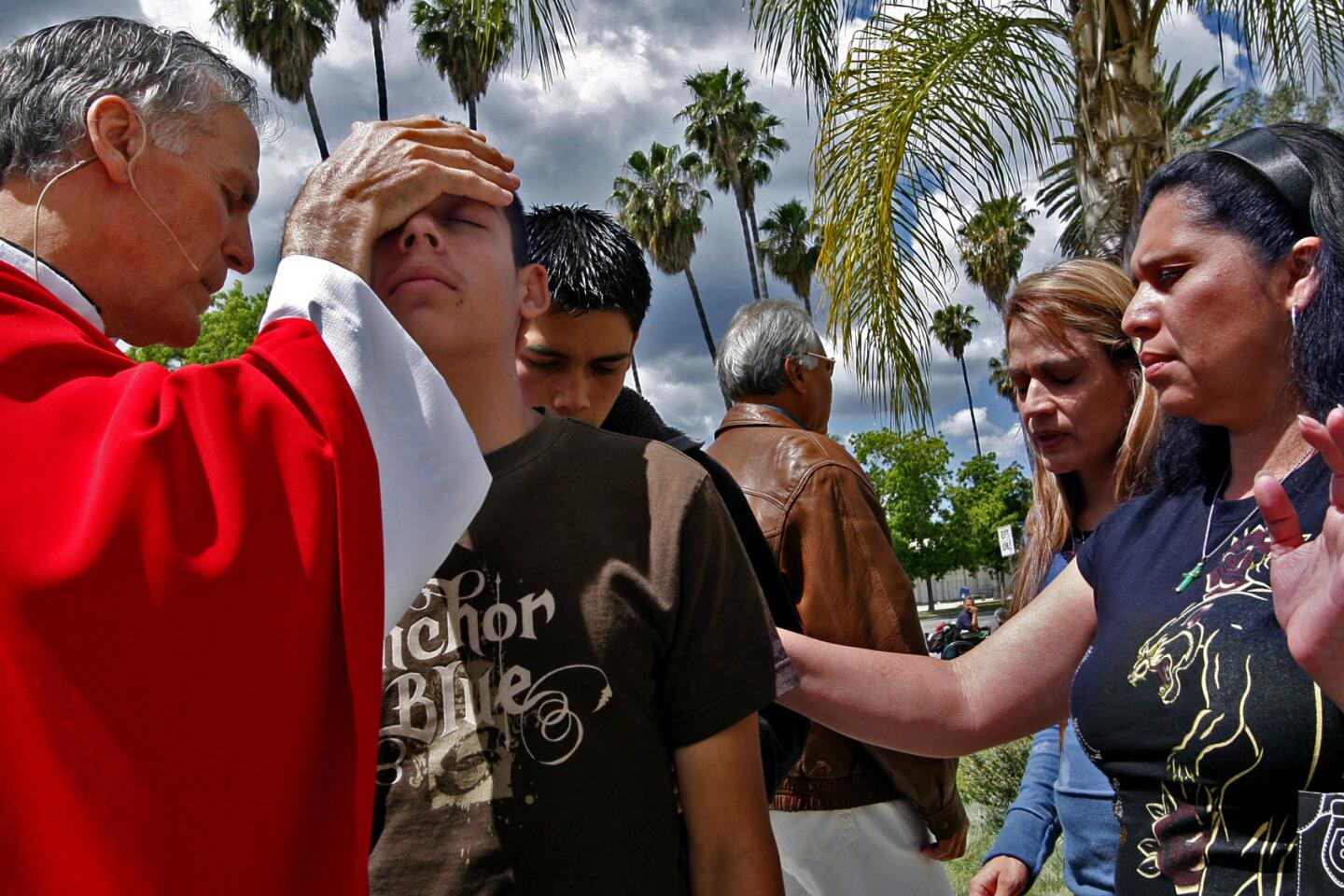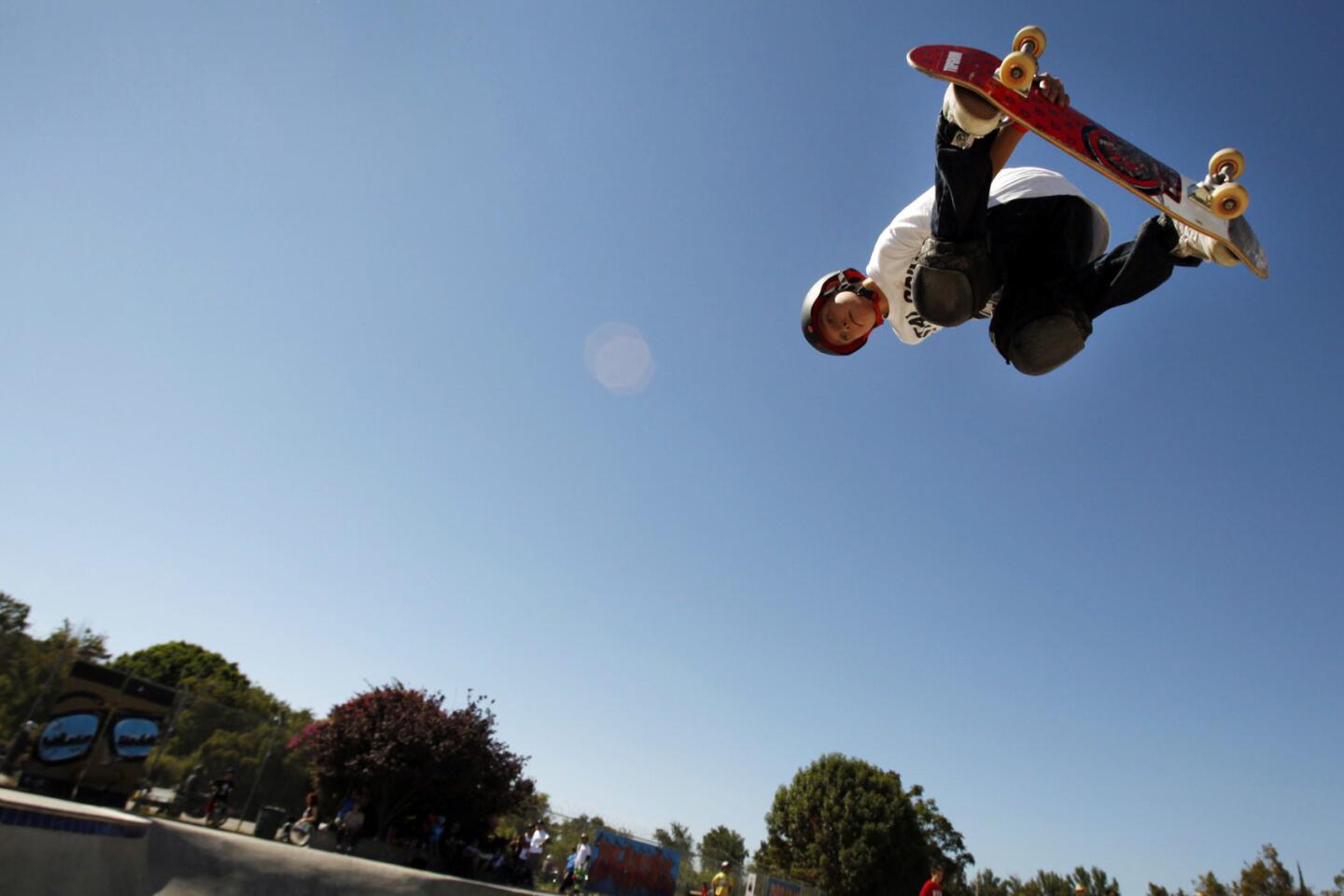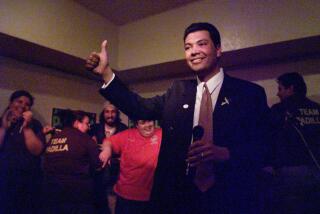Neighborhood Spotlight: Reseda, a Valley proxy, is slightly sleepy but not sluggish

More than any other neighborhood, with the possible exception of Sherman Oaks, Reseda has been called upon again and again to represent the experience of the San Fernando Valley in popular culture.
It’s the oh-so-California locale in which a scrawny Italian kid from New Jersey struggles to find his place among blond giants before coming into his own as the Karate Kid; the seedy place — so close yet so far from Hollywood — where a young dishwasher from Torrance is recruited into the world of porn in “Boogie Nights”; and the All-American hometown of the doomed innocent at the center of Tom Petty’s classic ode to Valley ennui, “Free Fallin’.”
Fixed in the mind of all as a suburb, Reseda is actually denser than Chinatown or the Fairfax district, with 60,000 people living along the boulevards and avenues that crisscross its 6 square miles. That’s a remarkable figure, considering that just within living memory fewer than 5,000 people called the neighborhood home.
Its story begins in 1912 when it was founded as one of “the Wonder Towns of the San Fernando Valley,” one of the sparsely populated crossroad settlements that the L.A. Times dutifully promoted as a string of burgeoning suburban oases at the behest of its powerful publisher Harrison Gray Otis.
Otis and his son-in-law Harry Chandler, who would become the paper’s publisher after Otis’ death, led a real estate syndicate that had purchased vast swaths of the Valley, including the Wonder Towns, and were keen to turn a buck on their investment.
They named the future suburban boomtown after Otis’ daughter Marian and partnered with Moses Sherman to run a Pacific Electric line through the area’s fragrant citrus groves and verdant bean fields in order to connect downtown to their new municipal creations.
Marian, however, suffered a failure to launch.
Van Nuys thrived, Canoga Park dumped its unfortunate former name of Owensmouth and fared better, but Marian remained farmland, even after the aqueduct opened and water flowed freely across the Valley. All the way up until the end of World War II, ranches and farms defined what became Reseda, a name the community adopted for itself in 1921.
After the war, the boom began. Between 1940 and 1950, Reseda’s population increased nearly 300%, and the growth continued until the last ranch was replaced by a California ranch home. That total transformation, the erasure of one mode of being with another via the creation of an instant city, has left its mark on our collective consciousness.
Reseda has become an avatar for American suburbanization, and filmmakers and musicians will probably continue to mine meaning from its story for decades to come.
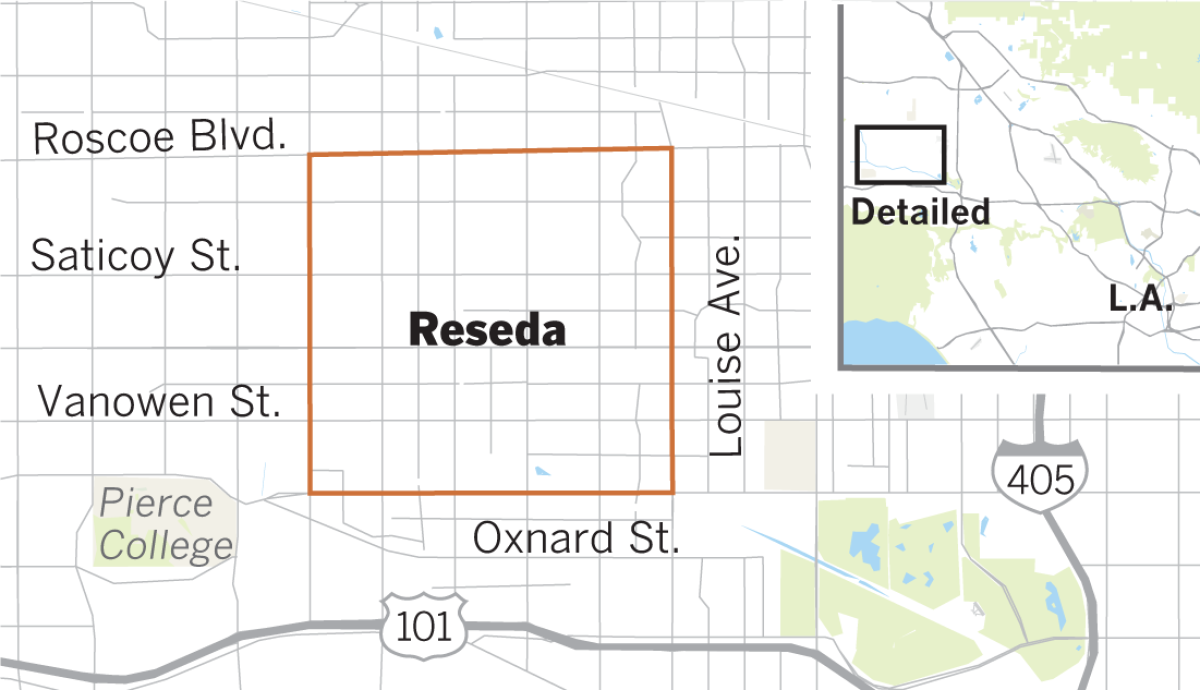
Neighborhood highlights
A home in the ’burbs: Although its population has grown over the years, Reseda still retains a suburban feel in its many postwar tracts of ranch homes.
A central location: Convenient to Warner Center, Northridge and Sherman Oaks, Reseda is a short commute to many of the Valley’s shopping and employment centers.
Affordable asks: The median price of a home in the Valley just hit $700,000, but houses in the $500,000 to $600,000 range are still easy to find in Reseda.
Neighborhood challenge
Slow-paced lifestyle: Like many other suburbs, newer and established, Reseda has a relative paucity of nightlife and cultural activities.
Expert insight
Janice Fisher, a real estate agent who’s been living and working in Reseda for roughly a decade, said the sleepy suburban haven is a bit livelier than outsiders imagine.
“Roughly half of residents are homeowners, and the other half are renters, which creates a nice mix of long- and short-term residents,” Fisher said.
She added that the Orange Line, which opened in 2005, has made the neighborhood feel more connected to the rest of the city.
“Since then, a steady stream of development — nothing major, but a few new homes and restaurants here and there — has kept things from getting stale,” Fisher said.
Market snapshot
In the 91335 ZIP Code, based on 27 sales, the median sales price for single-family homes in February was $518,000, up 8.9% year over year, according to CoreLogic.
Report card
Of the 14 public schools in Reseda, nine scored above 800 in the 2013 Academic Performance Index. Highlights include Joaquin Miller Career and Transition Center, which scored 874, and Newcastle Elementary, which scored 842.
The area’s public high school, Grover Cleveland High, scored 807.
Times staff writer Jack Flemming contributed to this report.
MORE FROM HOT PROPERTY:
Actor Steven Weber is ready to give up his spot in Malibu’s Paradise Cove
Coastal Craftsman is Del Mar’s second-priciest home sale this year at $18 million
‘Flip or Flop’ star Christina El Moussa sees action on her Yorba Linda home
Bond girl Izabella Scorupco seeks a match for Spanish bungalow near Griffith Park
